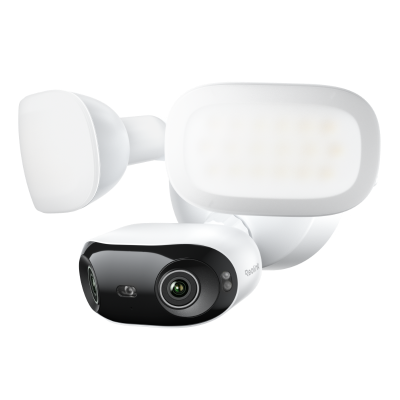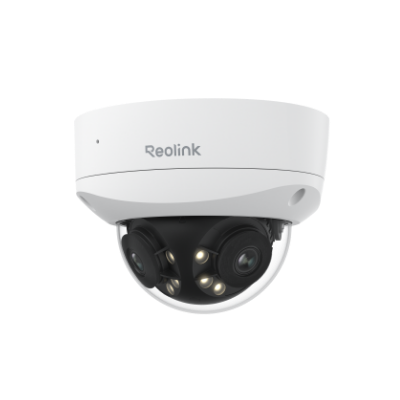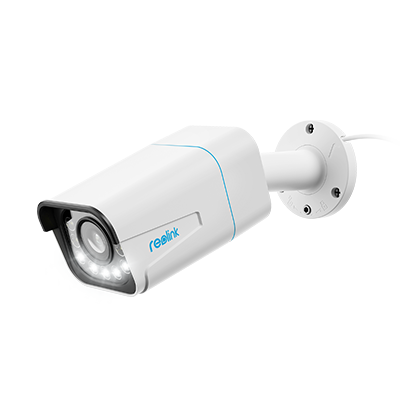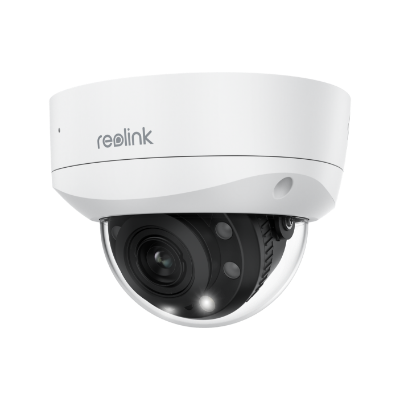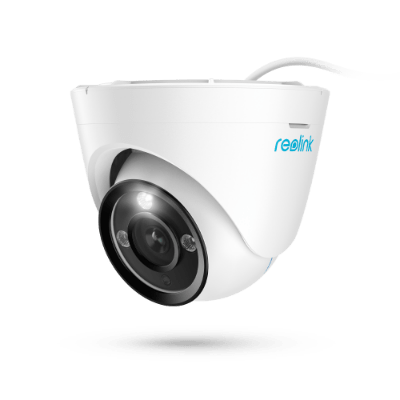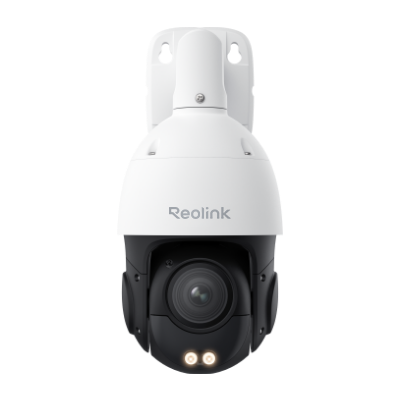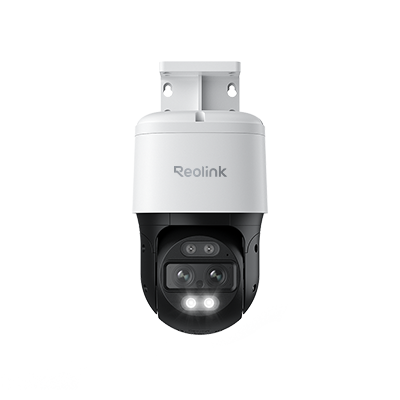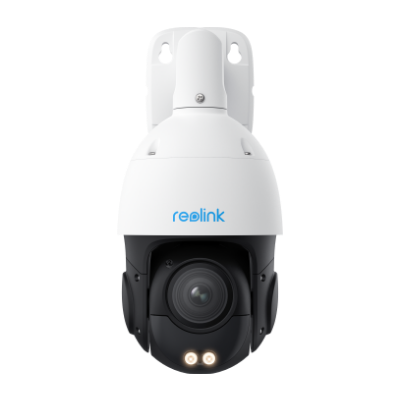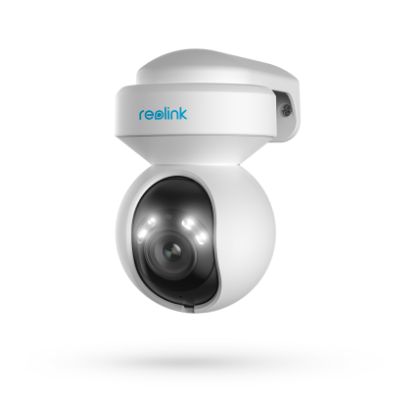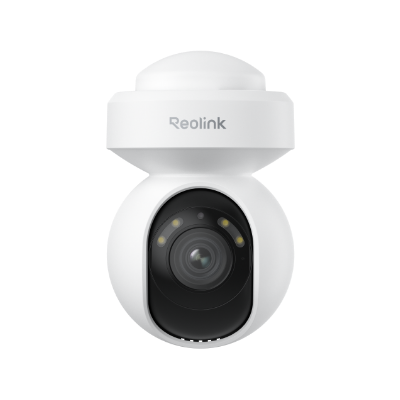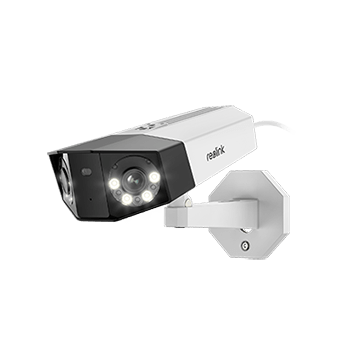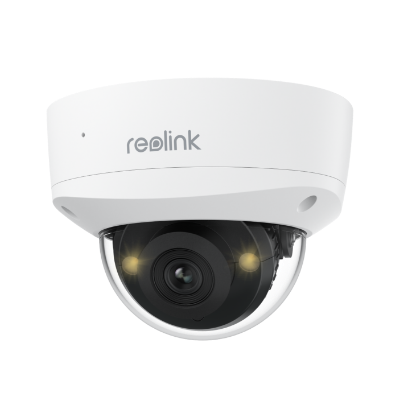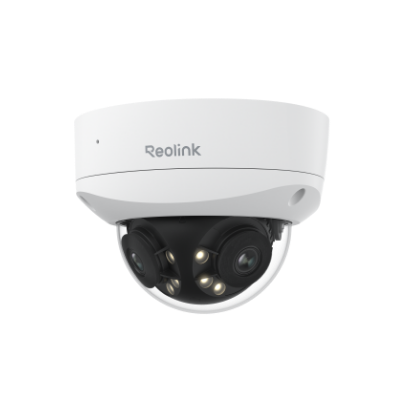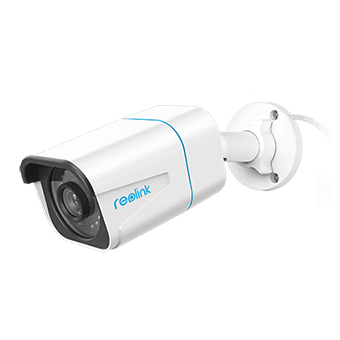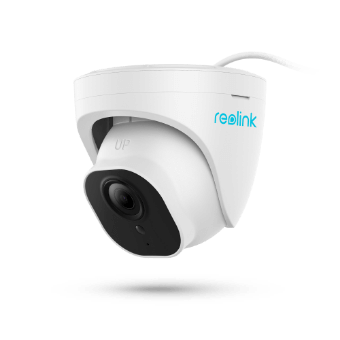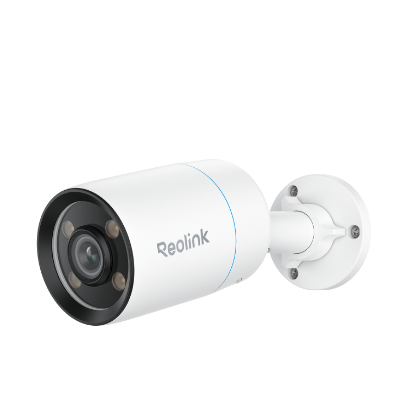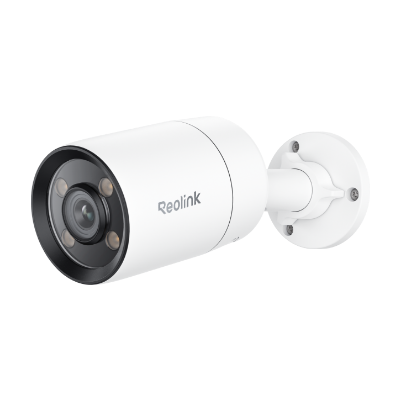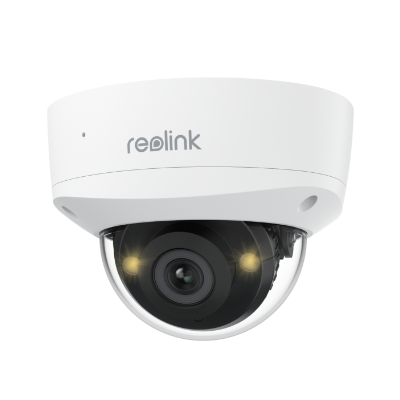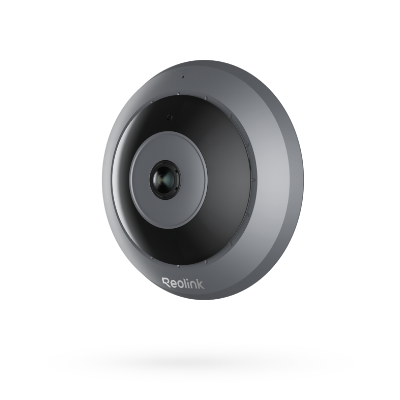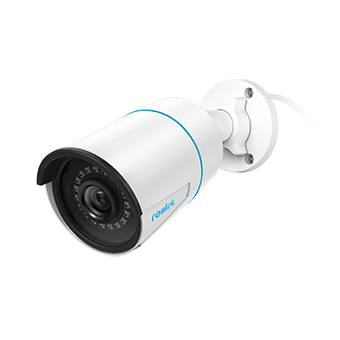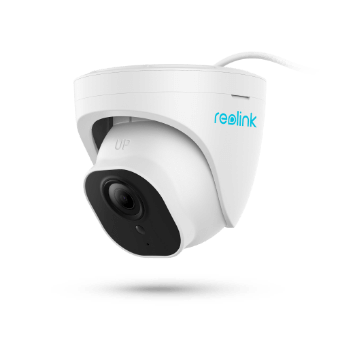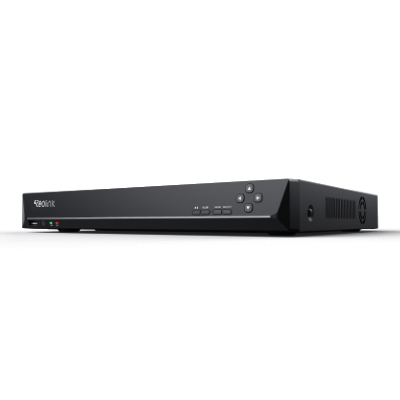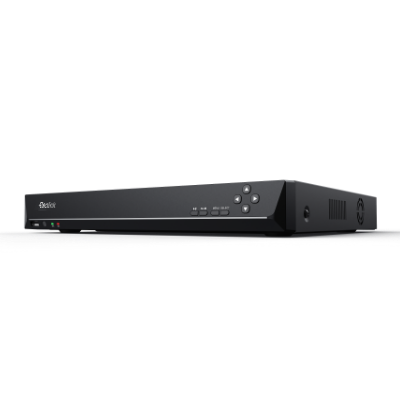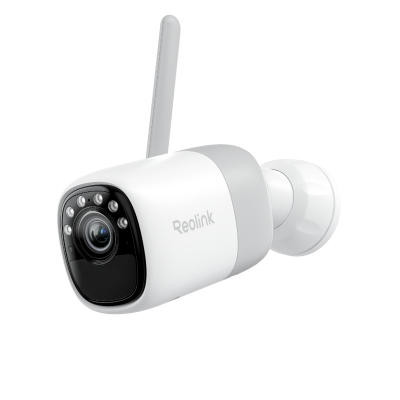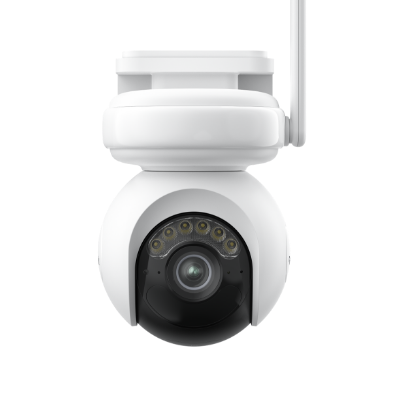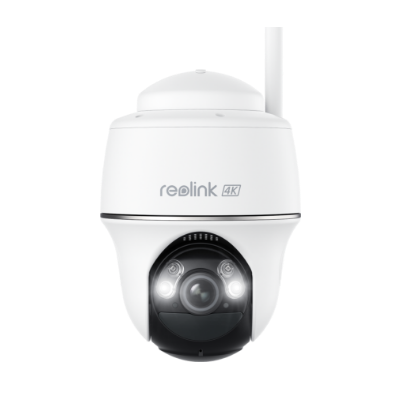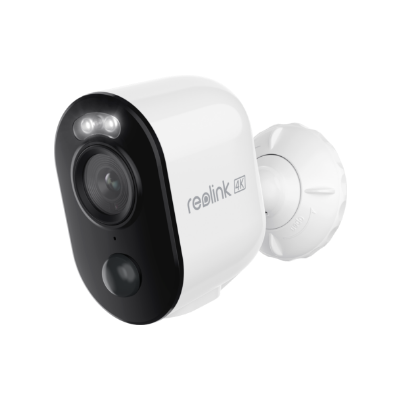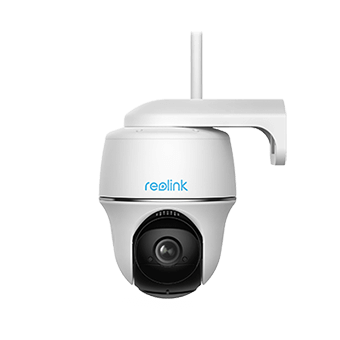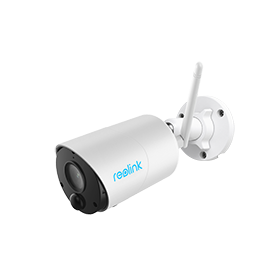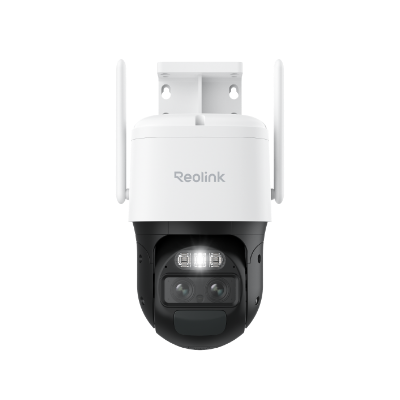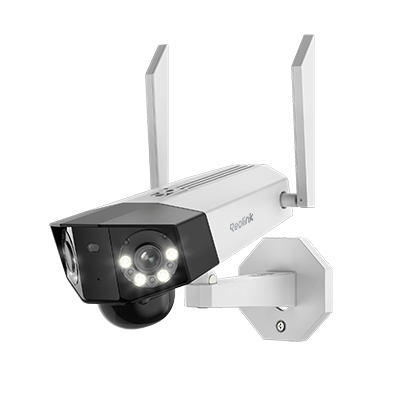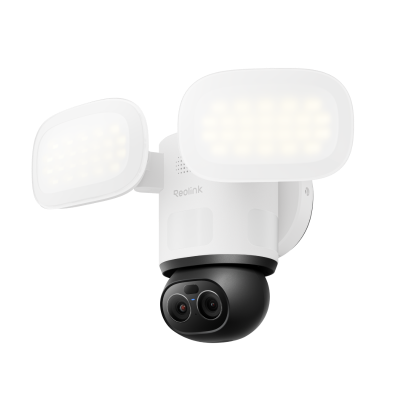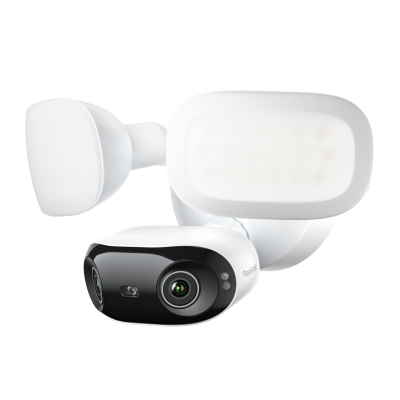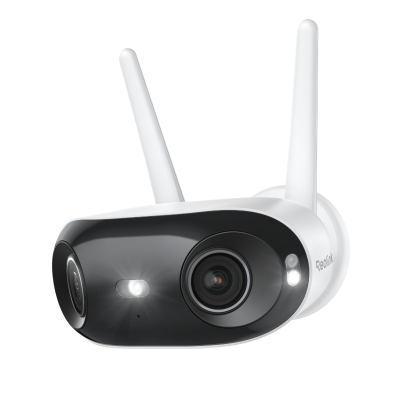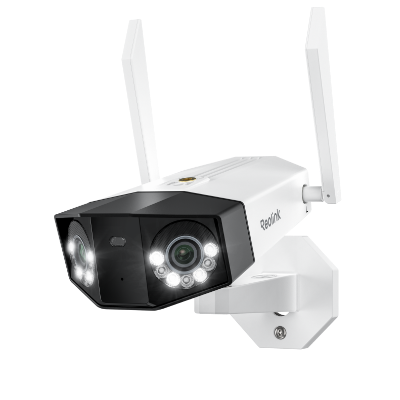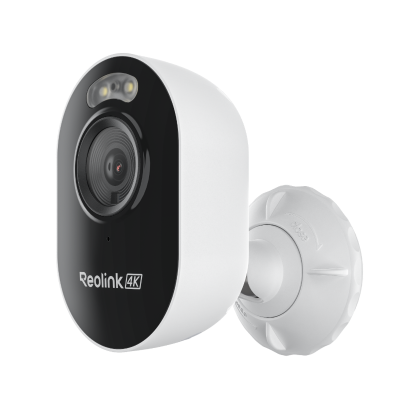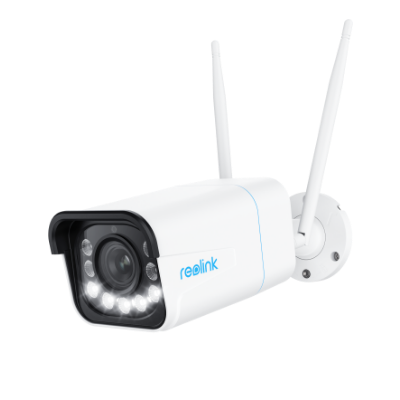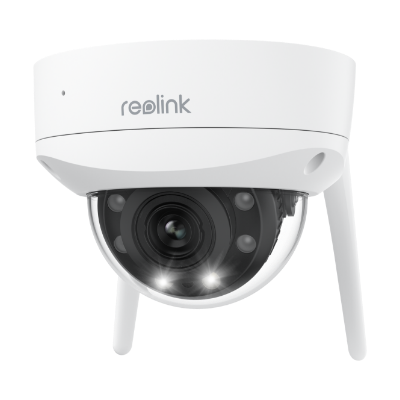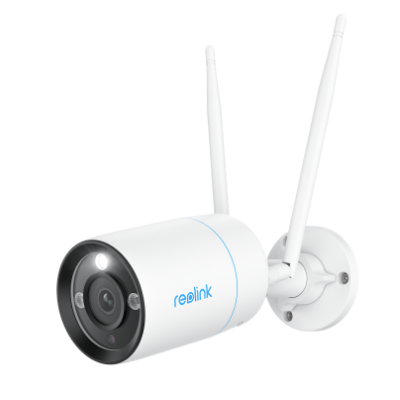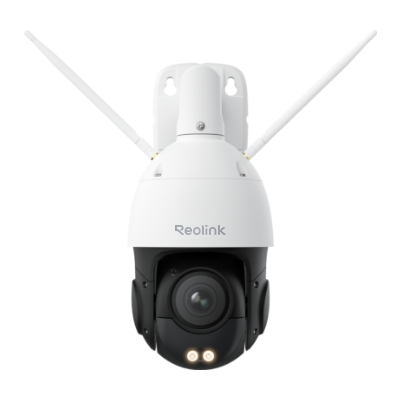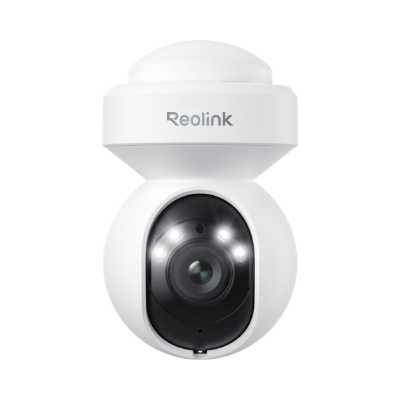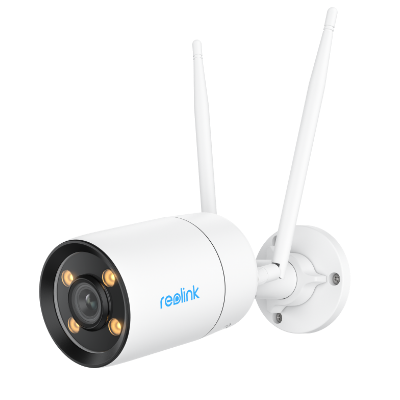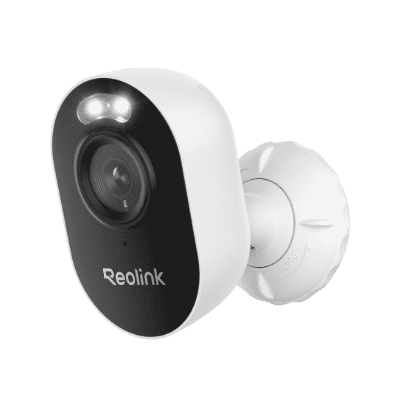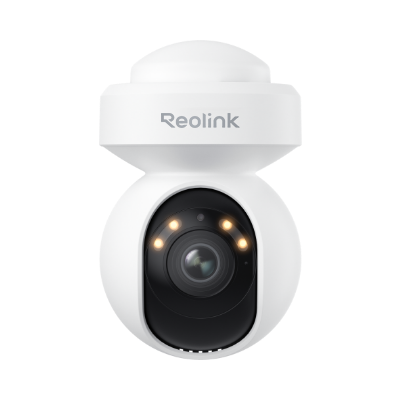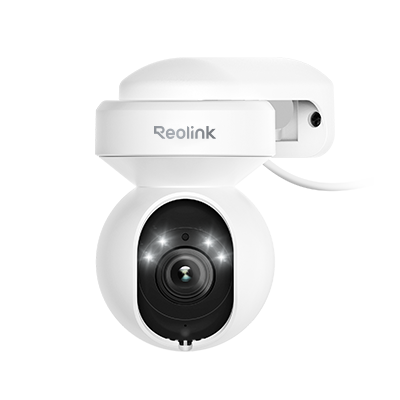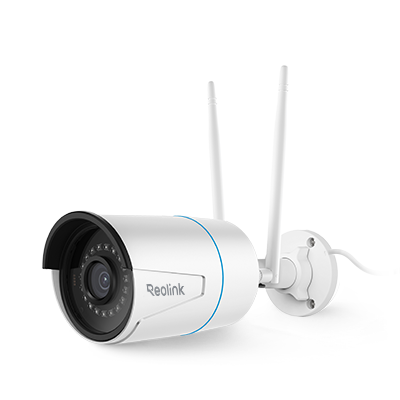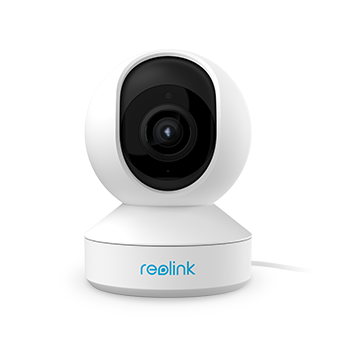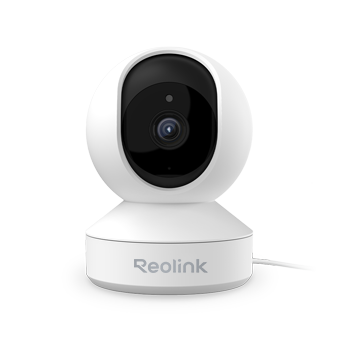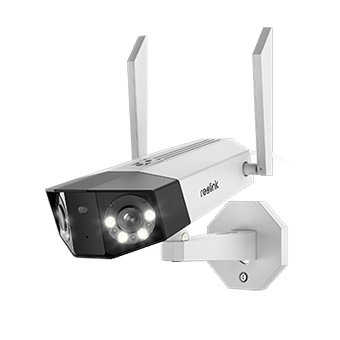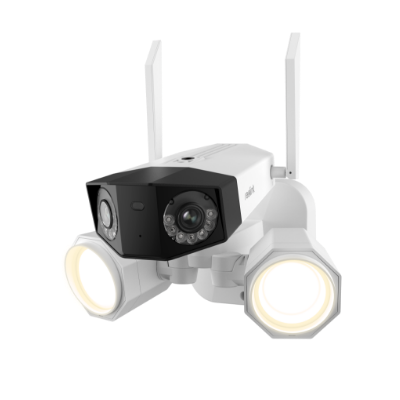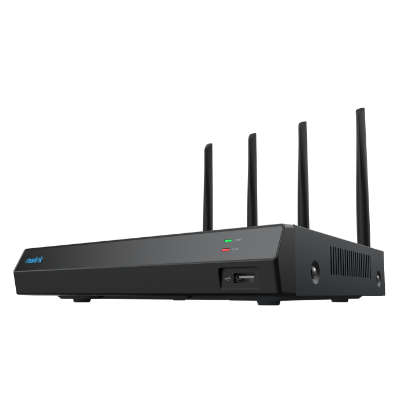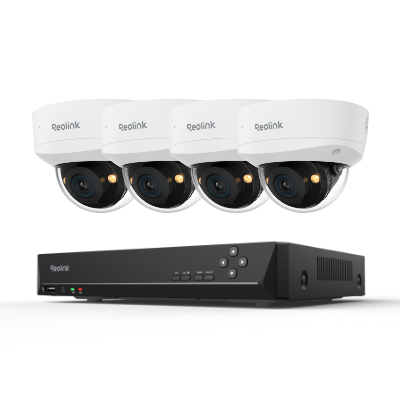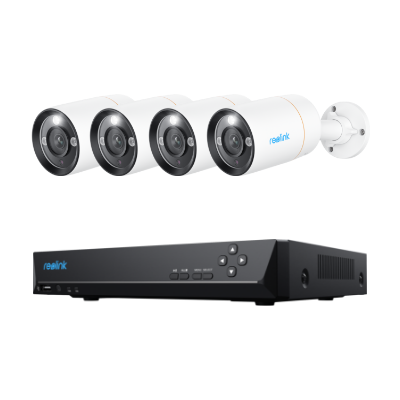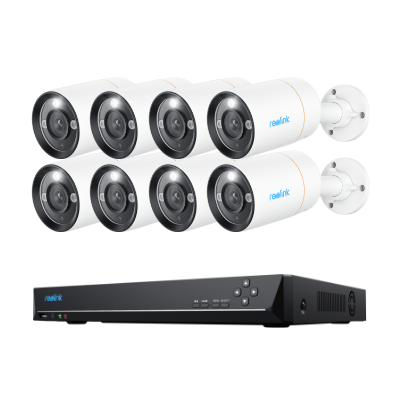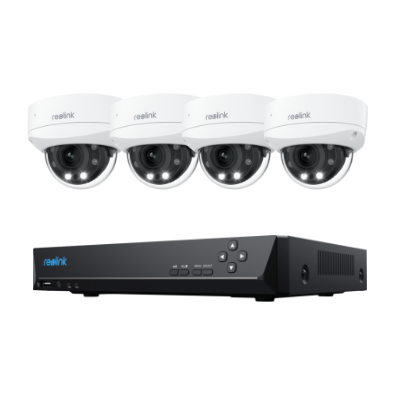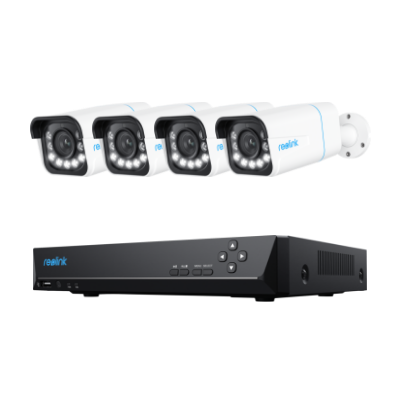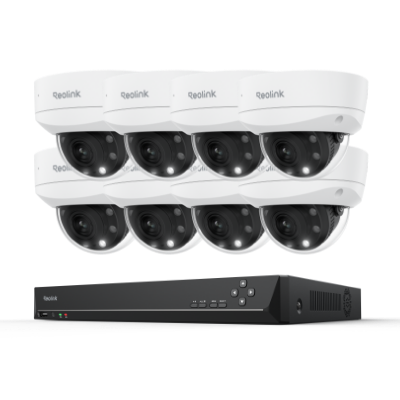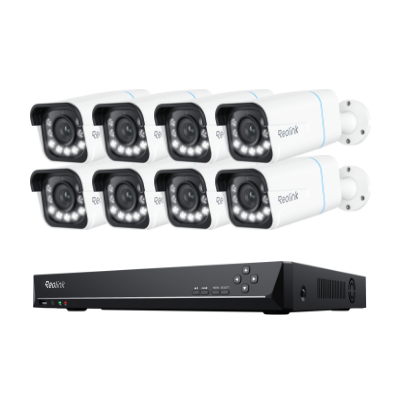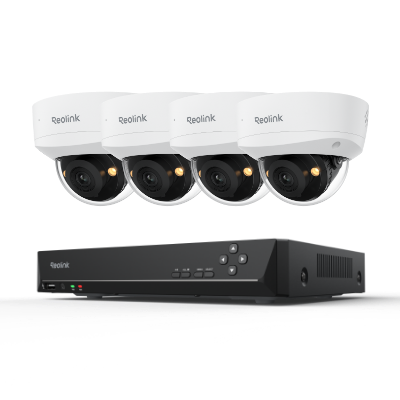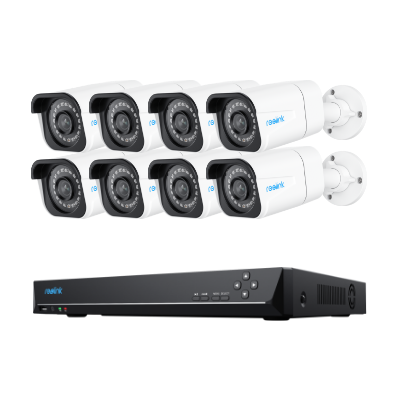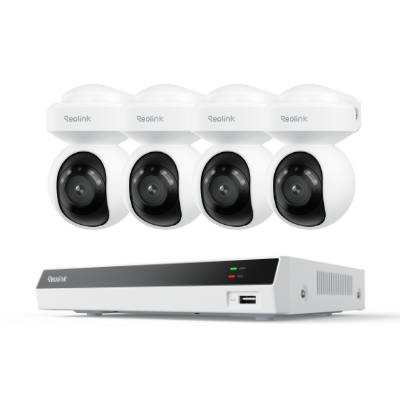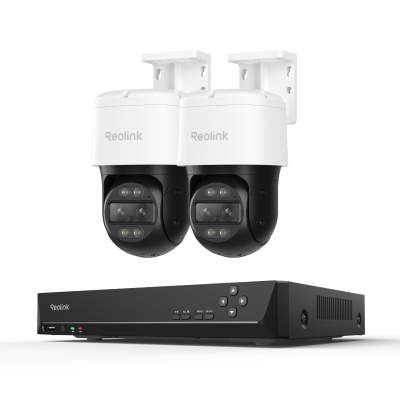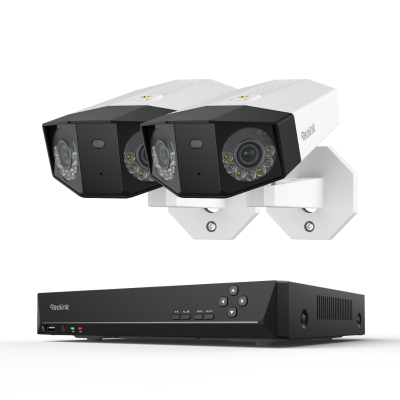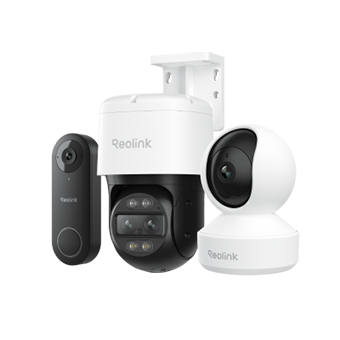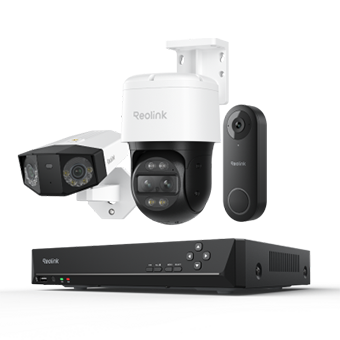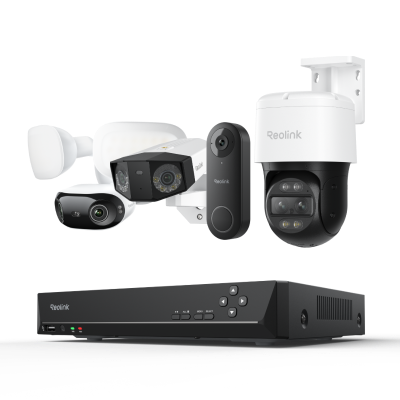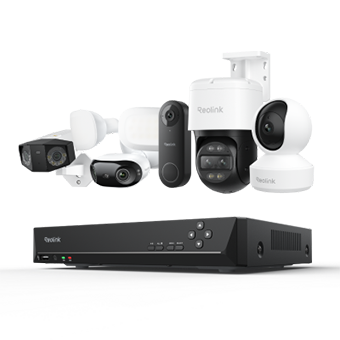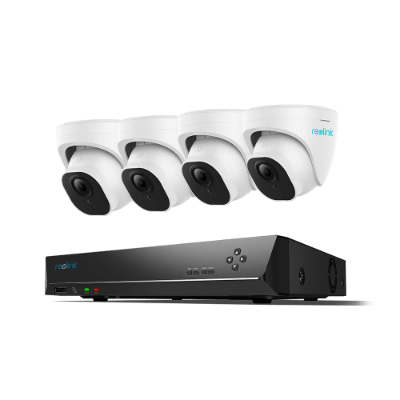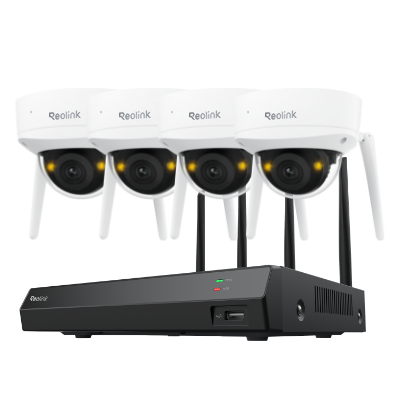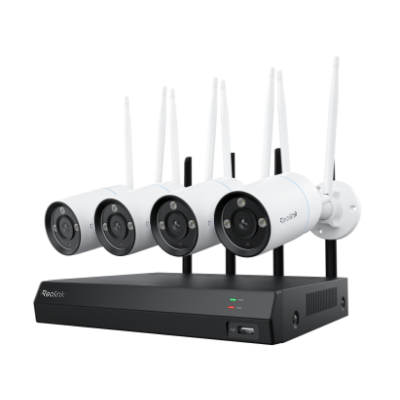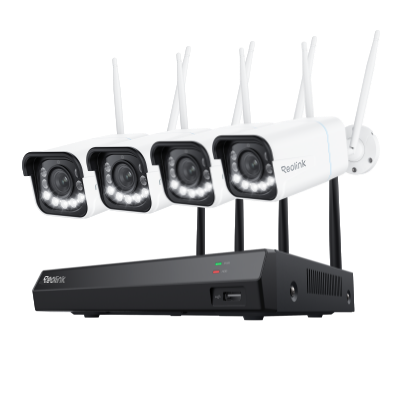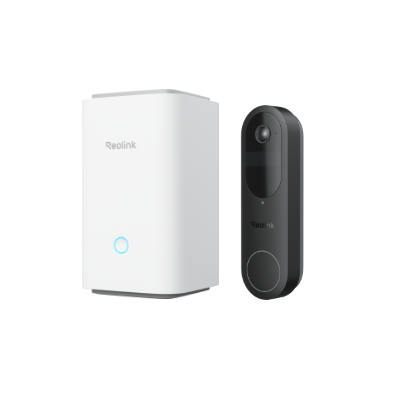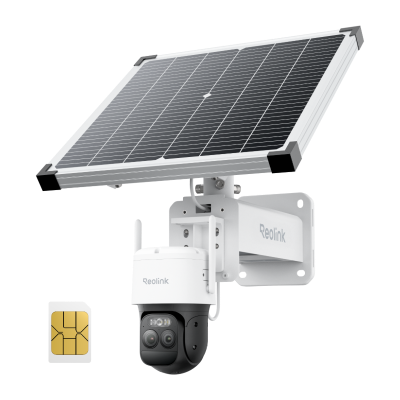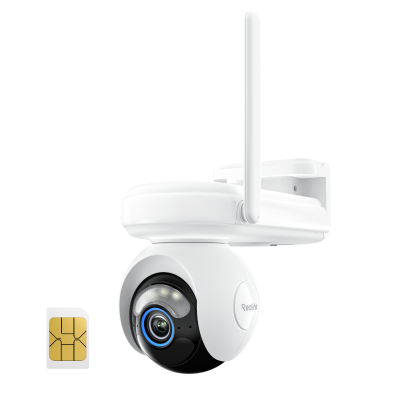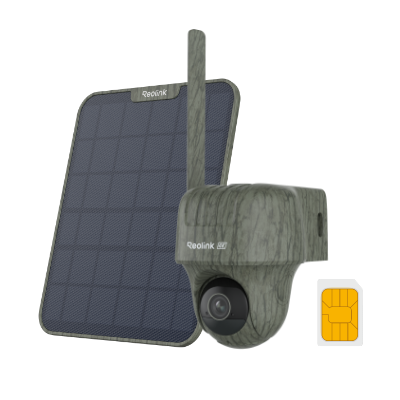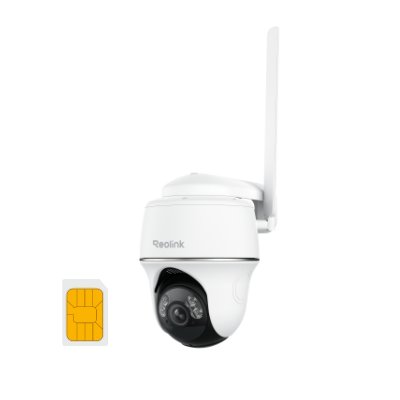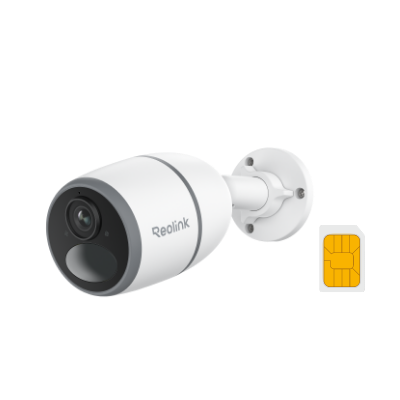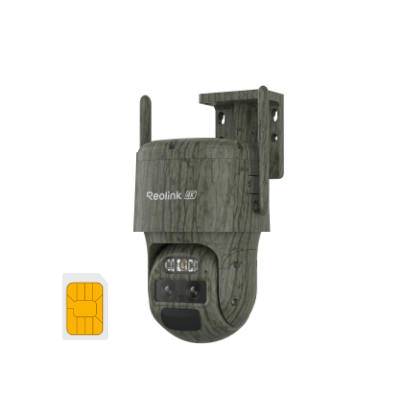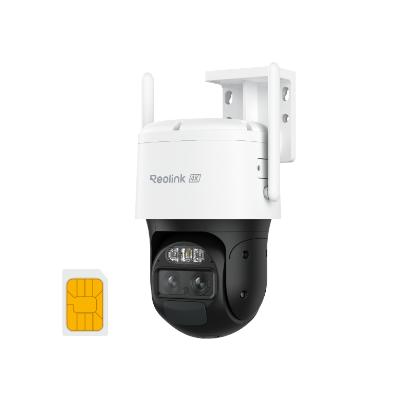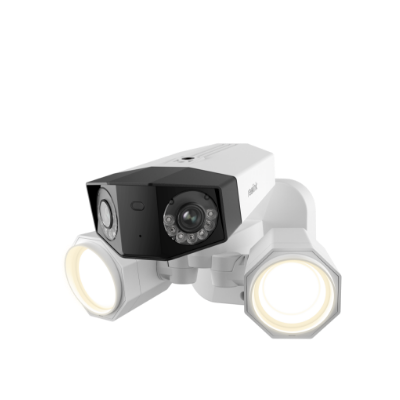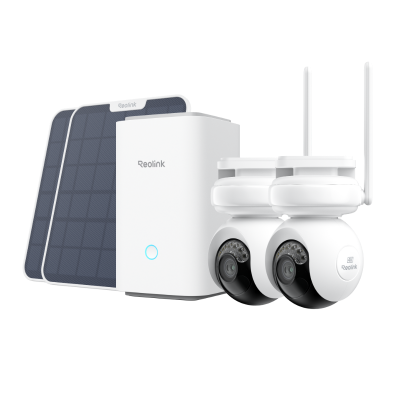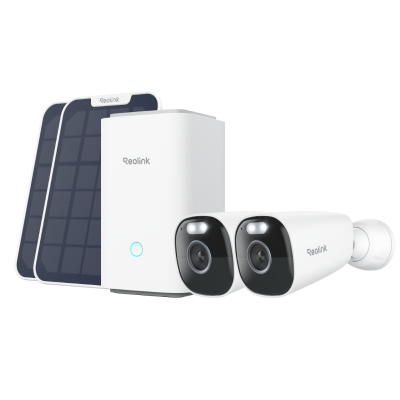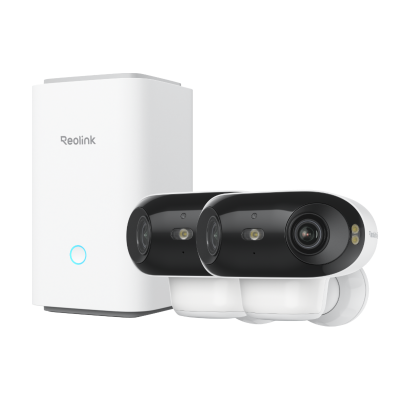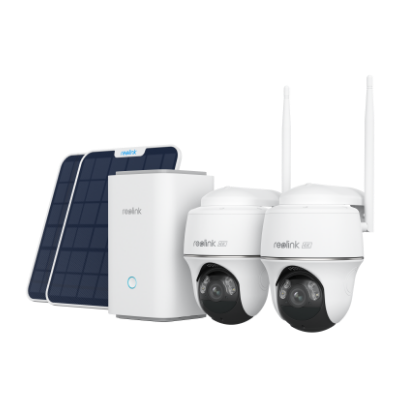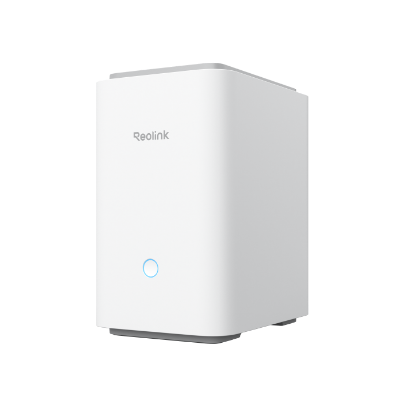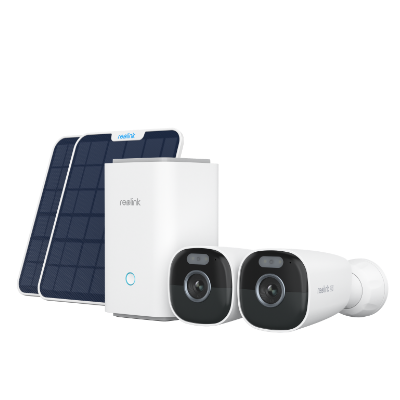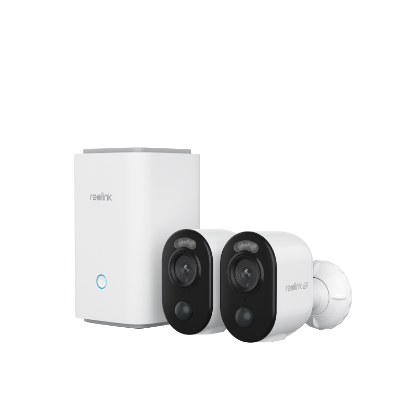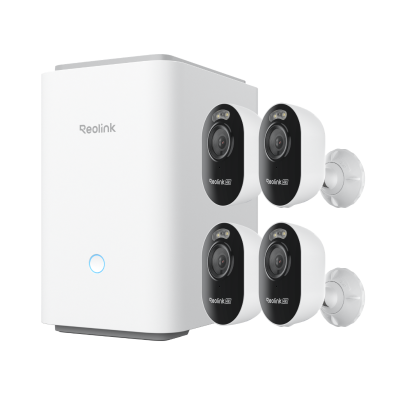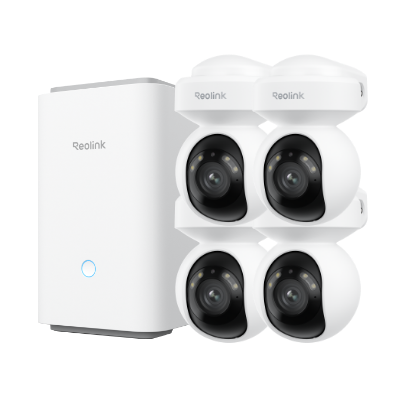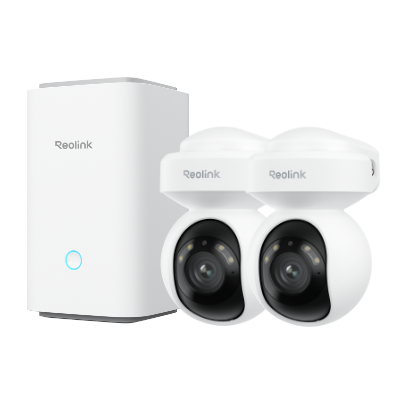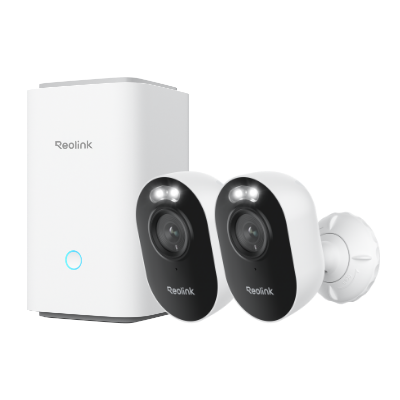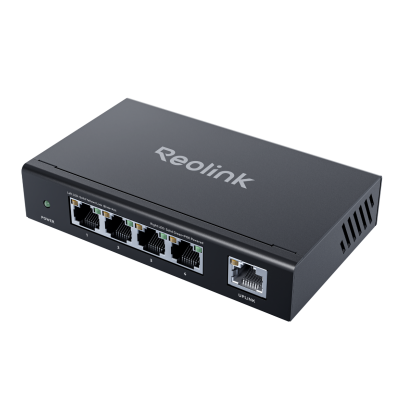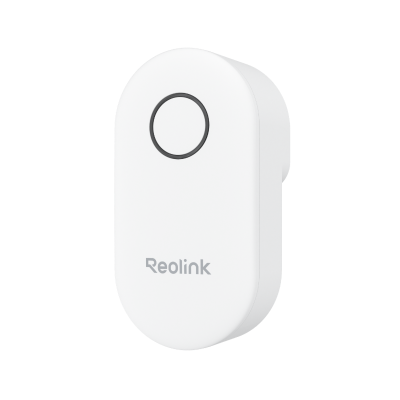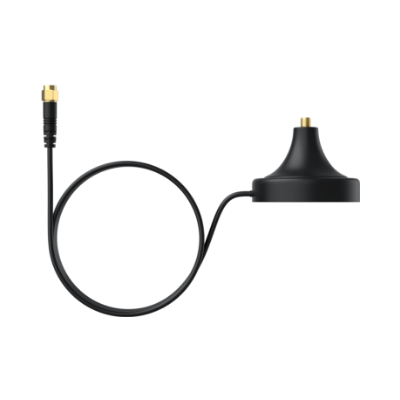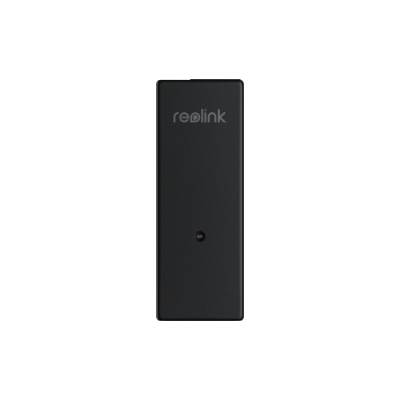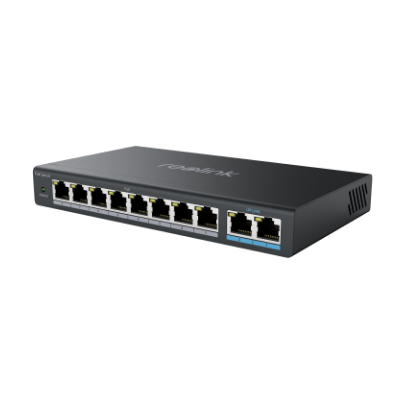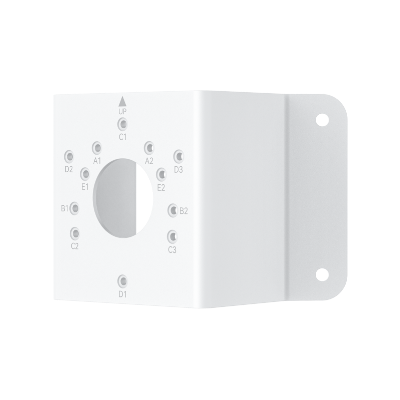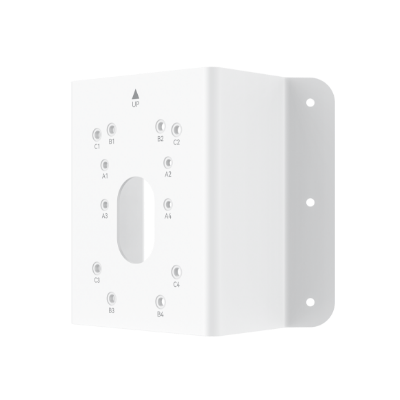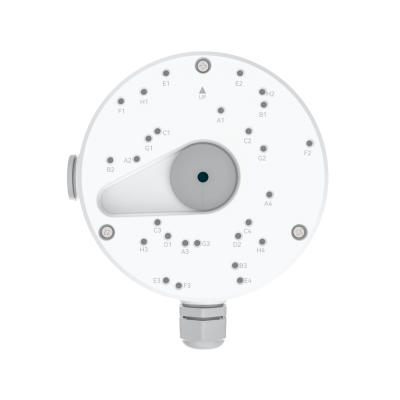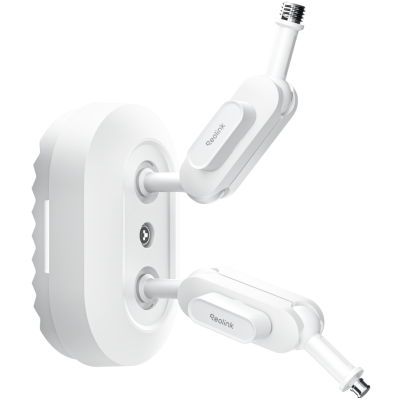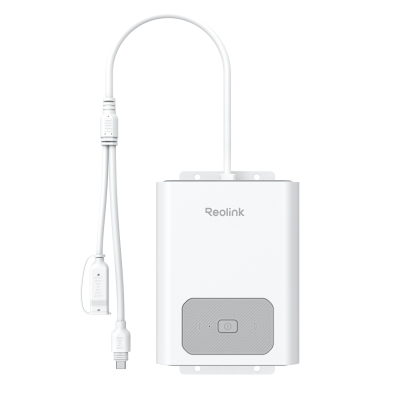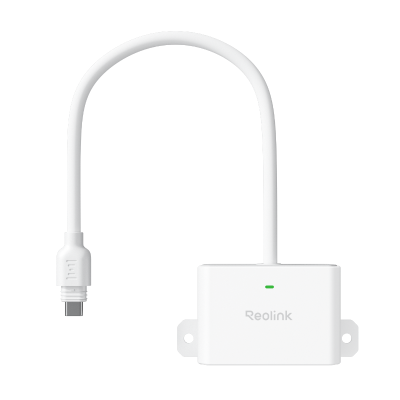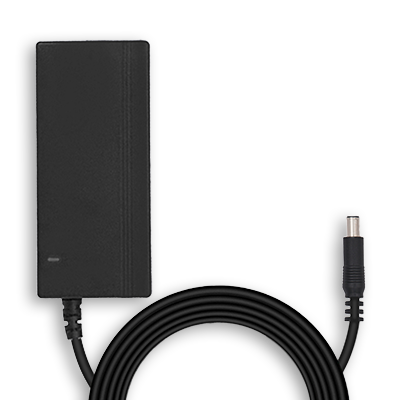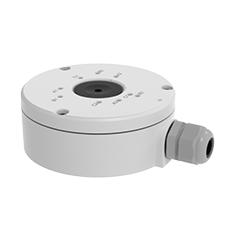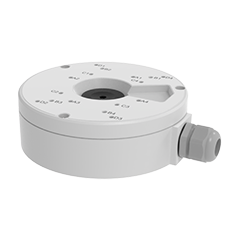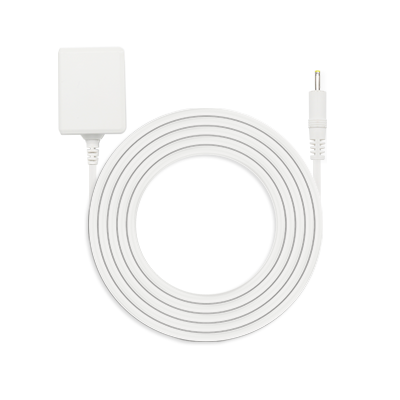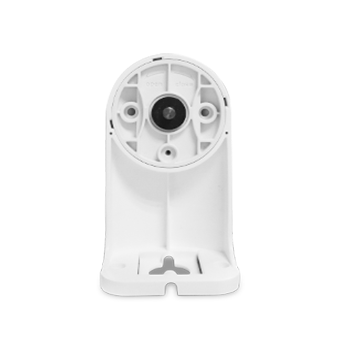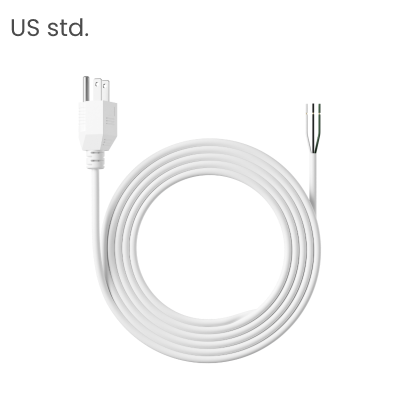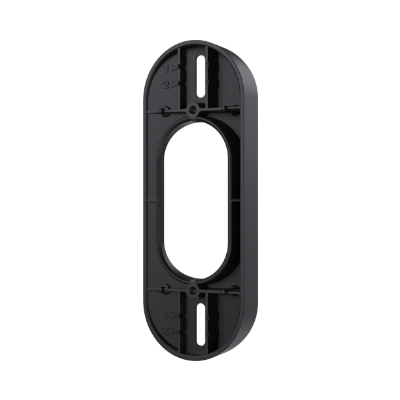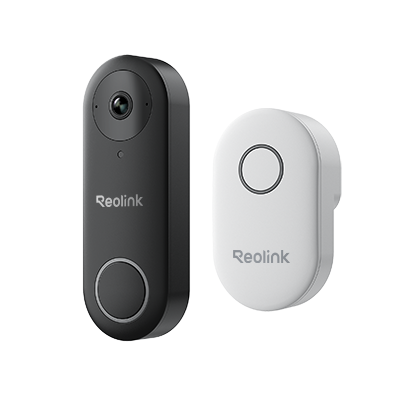Doorbell Transformer: What is & How to Find
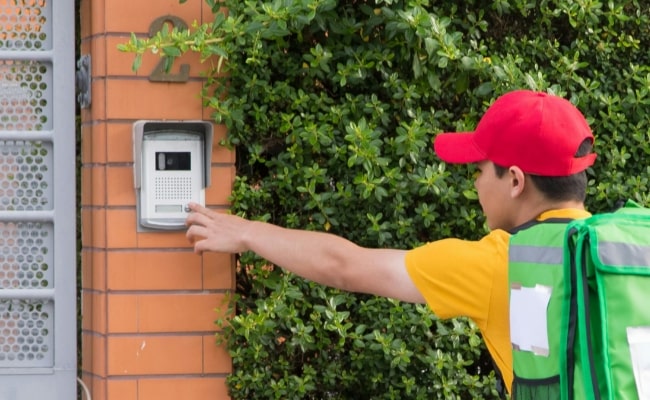
Today, a doorbell transformer has evolved into one of the most essential components for powering traditional doorbells. They not only facilitate easy operation but also enhance the effectiveness of smart doorbells.
Are you planning to install a new transformer or perhaps troubleshoot the existing one? Understanding its role and location is integral. So, stay tuned. The article will explore all the crucial information you must know about doorbell transformers, including their best-suited locations, features, and much more.
What Does a Doorbell Transformer Look Like?
The doorbell transformer is an electrical device that converts the high voltage from your home's electrical systems to a lower voltage as required by the doorbell. Most doorbells require a voltage of 16 to 24 volts to keep working. Nevertheless, the standard voltage range of your grid system lies between 120 and 240 volts.
The same is why a transformer is attached to your house so that the extra volts do not damage the doorbell system, which keeps on working smoothly.
How to Find Doorbell Transformer?
But where is doorbell transformer and how can you find it? Actually, finding your doorbell transformer can be a bit of a difficult task because they are usually present in less-obvious places so as not to get caught by the human eye. Here are some of the most common locations you can look at.
- Electrical panel: The transformers for doorbells are often situated near the electrical panel, sometimes inside the panel. Look for the small box-like device connected to the electrical panel through the wiring system.
- Basement: As basements are one of the least visited places in a house, the transformers are also sometimes situated there. So, head over there and look for the transformers near the main switchboard or inside the electrical panel of your basement.
- Garage: Garages are usually connected to the basement. As people visit them only for important tasks, electrical panels are placed here as well.
- Closets: Another common place is in closets, where they are placed to prevent them from disturbing the decor and theme of the rest of the space. If you have any such closets that are used to store heavy machinery or electrical equipment, they might be the best place to seek such devices.
- Attic: In many houses, the some transformers are found in the attic near the entry or close to the wiring boards.
- Near the doorbell chimes: Due to their similar nature, the doorbell chimes are a great place to spot the bell transformers.
If you can't find the your doorbell transformers in the place discussed above, consult the wiring specialist who has worked in your house to find out the exact location.
Types of Doorbell Transformers
Here, we discuss different types of transformers to facilitate people with tailored needs.
Doorbell chime transformer
A doorbell chime transformer is specifically designed to power the usual doorbell chimes we see everywhere. These are aimed at converting the standard household voltage to a lower voltage suitable for the doorbell chime, usually around 16 volts.
Plug-in transformer
A plug-in transformer offers a robust and portable solution. These devices are meant to be plugged directly into the traditional grid system, making it extremely easy for the household to install and relocate the device when needed. In addition, plug-in devices are also used for temporary setups where permanent installation is not possible.
Transformer for video doorbell camera
The transformers for doorbell cameras are specifically designed to meet the power requirements of video doorbells such as Ring and other brands. They ensure a stable and sustainable power supply even if the voltage fluctuates.
In addition, the transformers accommodate video, audio, and other modern facilities with the help of Wi-Fi technology.
Smart 5MP Video Doorbell with Chime
5MP Super HD Day & Night, Person Detection, 2.4/5 GHz Dual-Band WiFi, 180° Diagonal Viewing Angle, Two-Way Audio, Rich Notification.
Low voltage transformer
Low-voltage transformers are versatile and can be used with both traditional and modern doorbell systems. They offer an extensive range of voltage outputs that allow for greater compatibility with various other models. This is why low-voltage transformers are an ideal choice for those who need to adjust transformers.
What to Consider When Choosing Doorbell Transformer Location?
When purchasing a new transformer for your doorbell, make sure to check all the features for its location as explained below:
Voltage
Ensure that the voltage output of the transformer you plan to purchase matches your doorbell needs. Typically, transformers require 16 volts, while transformers for video transmission require 24 volts or higher to work.
Remember, these volts might significantly affect the monthly electricity bills of your house. Hence, choose wisely.
Power requirements
Different types of doorbells have distinguished power needs. That is why it is a crucial step to verify if the power capacity of your transformer matches the requirement of a doorbell. You can find such details in the packaging.
A Rating
The rating refers to their efficiency. Look for transformers with higher ratings and certification to ensure maximum effectiveness in the results.
Compatibility with doorbell systems
Not all the transformers are compatible with the doorbell. In addition, different types of doorbells might also have distinguished compatibility requirements. Hence, make sure to check for compatibility to prevent potential issues and guarantee seamless operations.
Doorbell Transformer Wiring Practices
The following section teaches how to wire a transformer within a few simple steps:
- Find where the transformer is located in your house.
- Turn off the power and remove the transformer.
- Feed the line side wires and tighten the device with screws. Use locknut to enhance the security furthermore.
- Strip ¾ inches of insulation from low-voltage wires and make a hook. Now, attach one fire to each terminal and wrap clockwise around the screw.
- Tighten the terminals.
- Trip half an inch of insulation from black, green, and white wires.
- Place all the wires back in their places and close the electrical box.
- Turn on the breaker and test.
How to Replace an Old Doorbell Transformer
Replacing a transfer is not a difficult task. It can easily be done with a few tools. Here is a straightforward guide that will assist you in effortlessly replacing the existing transformer all by yourself.
- Switch off the power.
- To prevent any electrical shock, switch off the power. For this, locate the main power circuit of your home and turn it off to cut the electrical supply.
- Locate the transformer.
- Look for the transformer that is already present within your house. Make sure to seek it in the garage, basement, power circuit, or beside the chime. As they are the most common places where a transformation could take place.
- Detech the old transformer precisely with the use of a screwdriver. Disconnect the wires from the existing transformer by simply removing the screws that are holding up the cables. Most importantly, remember which terminal connects to which wire.
- Pull out the old transformer. Now remove all the screws from the old transformer to detach it from the location. Hold on to the mounting parts, as you will need them to screw back other transformers.
- Install the new transformer. Place the new transformer exactly where the old one was placed. Use the mountain that you have kept from the old one to nicely screw and secure the new transformer.
- Cover the transformer: For the protection and security of the wires, put back the transformer cover.
- Switch on the power: Now that you have securely fixed the transformer, Turn on the power. For this again, locate the primary power circuit and switch on the power.
10.Testing: To test whether the bell is working accurately, reach for the doorbell and press it to ring it. See if the bell rings. If it does, that means your doorbell transformer is installed correctly.
FAQs
What kind of transformer do you need for a doorbell?
It depends on the voltage and power requirements of the doorbell system. Traditional wired doorbells usually require a 16V, 10VA or 16V, 15VA transformer. If you use smart doorbells, you may need a 16-24V transformer for better performance.
How do I know if my doorbell transformer is bad?
One of the most common signs of a bad doorbell transformer is that the doorbell stops working entirely or produces a weak, distorted chime. If you use a smart doorbell, the most common sign is not charging or frequently disconnects from Wi-Fi
Do you need an electrician to install a doorbell transformer?
If you are comfortable working with electrical wiring and have the necessary tools, you can install or replace a doorbell transformer yourself. However, if you are unfamiliar with electrical wiring or uncomfortable handling live wires, it is safer to hire a licensed electrician.
Conclusion
Doorbell transformers are devices that adjust and stabilize voltage so that your doorbell can continue functioning. When choosing a transformer, consider its critical factors, such as key features, location, functionalities, types, and installation process.
If you have any questions or insights to share about, feel free to comment below. Also, share the content with your loved ones if you find it helpful.
Search
Subscribe for the Latest Updates
Security insights & offers right into your inbox

